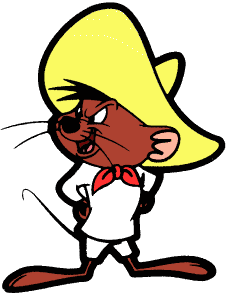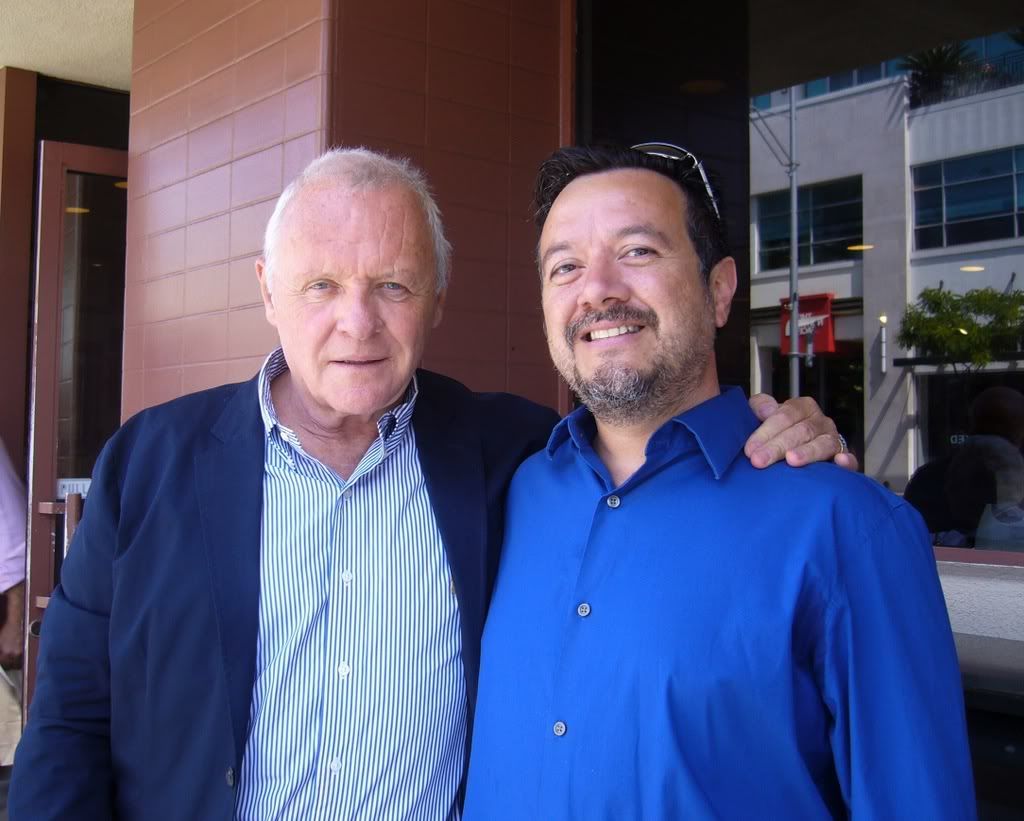
Saturday, August 23, 2008
Cool Groovy Animated Vibes
Labels:
animation
bleaching swarthiness!

Wow! more later--my thanks to Caroline, beloved betrothed better half of Peter my matey from Philosophy at SDSU for the link!
Josh Kun, Radio Zócalo, and the Futures of CalifaBajas!
Labels:
Baja,
california,
Drugs,
Josh Kun,
Narcos,
Radio Zócalo,
Violence
Friday, August 22, 2008
ESPN-Style XICANosmosis! USC, Mark Sanchez, Mexico, Football, and "America"

OCWeekly's got a great feature on USC's starting quarterback this year, the one and only Mark Sanchez! Click the quarterback for the full story!
Thursday, August 21, 2008
The United States of Americanly Retarded Borders!
Wednesday, August 20, 2008
Big Hermano is Watching Vous! Cuídate al llegar a la frontera
A Tribute to Speedy Gonzales, the Fastest Mouse in All Mexico

Hit Speedy to be transported to an index of dispatches on the sordid, sacred history of this animated legend!
Tuesday, August 19, 2008
Charlie Kaufman
Beverly Hills Chihuahua: UPDATE
Labels:
Mexican Stereotypes,
yikes
Monday, August 18, 2008
Eyegiene Reference Site
Orson Welles's Don Quixote
 A nice piece in the LA Times this weekend on Orson Welles's personal windmill (one of many)--his filmed version of Don Quixote:
A nice piece in the LA Times this weekend on Orson Welles's personal windmill (one of many)--his filmed version of Don Quixote:From the Los Angeles Times
A SECOND LOOK
Orson Welles' 'Quixote' was eerily like his life
His elusive dream, filmed in fits and starts but incomplete at his death, is revived on DVD.
By Dennis Lim
Special to The Times
August 17, 2008
IN THE messy and singular oeuvre of Orson Welles -- a filmography full of unseen works and unfinished business -- there was no lost object more mythic than his "Don Quixote." Welles started shooting his adaptation of Miguel de Cervantes' 17th century classic in 1955 as a television drama, worked on it sporadically over the years and was still talking about completing it at the time of his death in 1985.
Various bits of footage, put together in different configurations, have been screened over the years -- none more notorious than the nearly two-hour reconstruction, "Don Quixote by Orson Welles." Cobbled together from almost all the extant footage by the Spanish team of producer Patxi Irigoyen and director Jesus (Jess) Franco, this version screened at the 1992 Cannes Film Festival, where critics greeted it with disdain bordering on outrage. (A new version of the DVD is being released by Image Entertainment this week.)
This hash job will exert an undeniable fascination for Welles enthusiasts, although they are also likely the ones who will find it most painful. (Those unfamiliar with Welles should not under any circumstances consider it an entry point into the man's work.)
The complicated history of "Don Quixote" is outlined in various books on Welles, including two fine recent volumes, Joseph McBride's "What Ever Happened to Orson Welles?" and Jonathan Rosenbaum's "Discovering Orson Welles." But it requires no deep understanding of Welles' vision for the film -- which updates the story of the knight-errant and his trusty aide Sancho Panza to Franco-era Spain (he tilts at motor scooters as well as windmills) -- to realize that this crude assemblage does not come remotely close.
Which is not to say there wasn't a good deal of effort involved. Irigoyen obtained footage from various Welles associates, including Oja Kodar, the filmmaker's companion and manager of his estate, and from Suzanne Cloutier, who starred in Welles' "Othello." Crucially, though, there was one holdout: the film editor, Mauro Bonnani, who became embroiled with Kodar in a long legal battle over the footage in his possession. Franco had worked as a second-unit director on Welles' "Chimes at Midnight" (1965), but an equally important qualification for this project must have been his reputation as an exploitation director, able to work quickly and with a minimum of fuss.
Because Welles shot without a script, Franco and Irigoyen consulted notes he left behind and also worked from an incomplete soundtrack that he had recorded, in which he read the narration and delivered the lines of both main characters.
Hey, isn't that . . . ?
DESPITE THE often unforgivably muddy visuals and the overall patchwork clumsiness, there are several mesmerizing moments (a bull-running sequence, for one) and engaging performances from character actor Francisco Reiguera as Quixote and frequent Welles collaborator Akim Tamiroff as Sancho. And even if Welles hadn't added the self-conscious touch of appearing in the film as himself, in the midst of planning a "Quixote" movie, the pathos and autobiographical nature of the project would be hard to miss. Welles, of course, was a modern-day Quixote, gripped by impossible dreams, and this unfinished film, a decades-long, self-financed passion project, was his most quixotic pursuit.
There is at least one remarkable "Don Quixote" sequence from the footage in Bonnani's hands, shot in a Mexican movie theater after Welles had finished filming "Touch of Evil." With Sancho in the stalls and a gallery full of cheering kids, Quixote charges up to the screen -- where some kind of knight's tale is unfolding -- and slices into it repeatedly with his sword, until the image is replaced by a void. This says almost everything that needs to be said about our relationship with the larger-than-life fantasies of screen images: their power over us, our attempts to control them, what lies behind them. It's not on any DVD, but you can find it on YouTube if you search for Orson Welles Don Quichotte.
Labels:
Don Quixote,
orson welles,
touch of evil
Brush With Fame, Tex[t]-Mex Style: Sir Anthony Hopkins
While on vacation in LA, I had a chance encounter with one Hollywood's most talented and prolific actors--the one and only Sir Anthony Hopkins!
 One of the things I am trying to do as Chair of English and Comparative Literature at SDSU is to enhance our department's offerings in the study of drama. I discussed these initiatives with Hopkins, who was more than polite and indulgent.
One of the things I am trying to do as Chair of English and Comparative Literature at SDSU is to enhance our department's offerings in the study of drama. I discussed these initiatives with Hopkins, who was more than polite and indulgent.
 One of the things I am trying to do as Chair of English and Comparative Literature at SDSU is to enhance our department's offerings in the study of drama. I discussed these initiatives with Hopkins, who was more than polite and indulgent.
One of the things I am trying to do as Chair of English and Comparative Literature at SDSU is to enhance our department's offerings in the study of drama. I discussed these initiatives with Hopkins, who was more than polite and indulgent.
Subscribe to:
Posts (Atom)
![The Tex[t]-Mex Galleryblog](https://blogger.googleusercontent.com/img/b/R29vZ2xl/AVvXsEh_KqWRy3aDsokE_MKZPvSky0JCY5DtTUqNZ1YcuqLN4LzX6kUbISADnHe9CR8IEBlhVVcnUnXMjc1EY54oLPx-aOoWF_VdXOokJ2Y2smvV1WCxEu2TZguczGSloiFnkz4iQ_SkIi56dw/s1600/111Screen+shot+2014-04-01+at+10.jpg)






